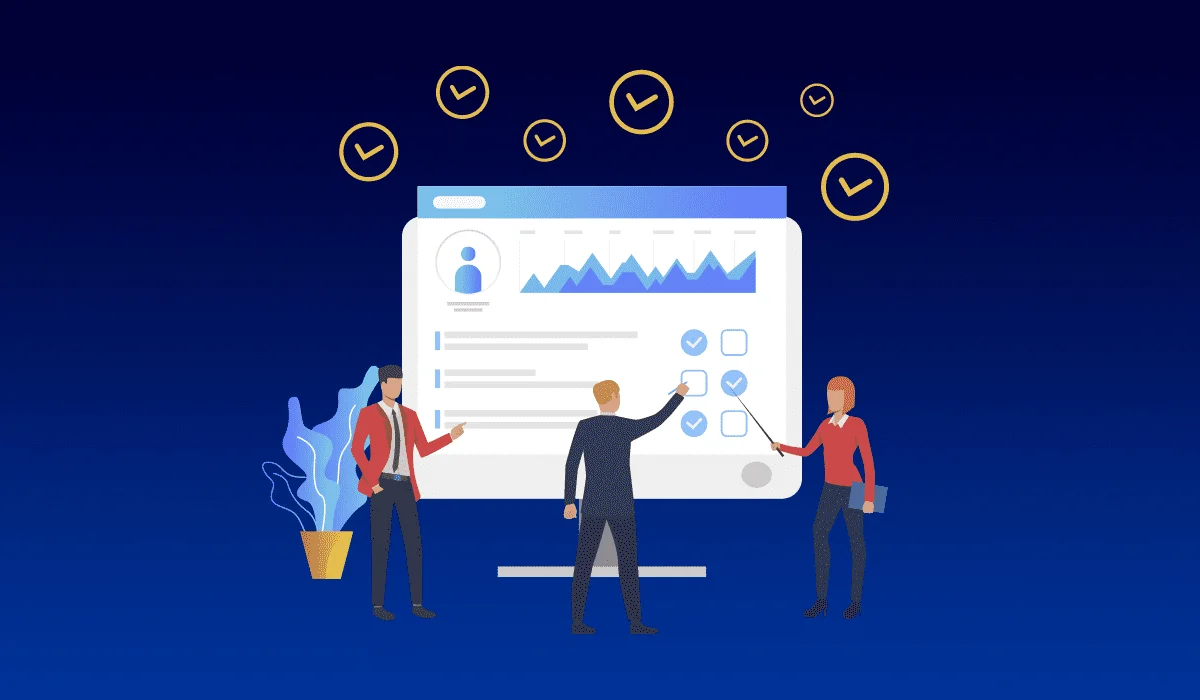Why Image Optimization Matters for SEO and Strategies to Improve Your Rankings
Vineetha. RK28 May 2024
Images are very significant in enhancing the visual appeal and user experience of a website. In this digital world, visual content plays a crucial role in engaging users and driving website traffic.
However, improperly optimized images can negatively impact website performance, leading to slower load times, higher bounce rates, and lower search engine rankings.
In this blog, we’ll explore the importance of SEO Image Optimization and some important strategies to improve your website’s rankings.

What’s Ahead
What is Image Optimization?
SEO image optimization is the process of optimizing digital images for web use by reducing their file size and ensuring efficient delivery without compromising their quality.
It involves techniques such as compression, resizing, and encoding images in web-friendly formats.
The primary goal of SEO image optimization is to strike the right balance between image quality and file size, ensuring that web pages load quickly while still providing a visually appealing experience for users.
Why is Image Optimization Important for SEO
SEO image optimization is significant as it directly influences several factors that search engines consider when ranking websites.
Firstly, unoptimized images can slow down your website’s loading speed, leading to a poor user experience and potentially affecting your search engine rankings.
Optimized images with relevant metadata are instrumental in helping search engines better understand the content of your website.
This includes elements like descriptive alt-text, file names, and image titles, which provide context and clarity to search engine crawlers.
By improving understanding, you enhance your website’s visibility in search results.
Therefore, SEO image optimization is crucial for ensuring that your website not only delivers an optimal user experience but also helps search engines accurately index and rank your content.
How to Optimize Images for SEO
Optimizing images for search engine optimization (SEO) is crucial for managing your website.
With the increasing importance of visual content on the web, ensuring that your images are optimized for search engines has become more crucial than ever.
There are several compelling reasons to prioritize image optimization for SEO:
Use the right file format
Choosing the appropriate file format for your images is essential for balancing image quality and file size. So make sure to do it based on their purpose.
For example, JPG or JPEG formats are best suited for photographs and images with many colors, as they can compress image data efficiently while preserving quality.
PNG format is ideal for graphics with transparent backgrounds or fewer colors, as it supports lossless compression and preserves image quality.
WebP and AVIF are newer image formats that offer superior compression capabilities compared to traditional formats like JPG and PNG, resulting in smaller file sizes without compromising quality.
Reduce the File Size
Large image file sizes can significantly increase page load times, negatively impacting user experience and search engine rankings.
Use image compression tools or optimize images during the export process to reduce their file size without sacrificing visual quality.
Many image editing software and online tools offer compression algorithms that can effectively reduce file sizes while preserving essential image details.
Use Descriptive Alt-Text
Alt-text (alternative text) is a written description of an image that search engines use to understand its content and context.
Provide relevant and descriptive alt-text for your images, accurately capturing their purpose and subject matter.
A well-crafted alt-text can contribute to better search engine rankings by helping search engines index and understand the images on your website.
Additionally, alt-text improves accessibility for visually impaired users who rely on screen readers to interpret website content.
Use Image Titles
Image titles provide another way to provide context and information about the content of your images to search engines.
Assign relevant and descriptive titles to your images that accurately reflect their subject matter and purpose.
Image titles can improve the visibility of your images in search results and help search engines better understand the content of your web pages.
Submit your images to Google Search Console
Google Search Console is a free tool provided by Google that allows website owners to submit their website’s images to Google’s index.
By submitting your images to Google Search Console, you ensure that they are discoverable in image search results, potentially driving additional traffic to your website.
This process can improve your overall search visibility and increase the chances of your images appearing in relevant image searches.
Impact of Image Optimization on SEO
Optimizing images for SEO can have a significant impact on various aspects of your website’s performance and search engine rankings.
By implementing effective image optimization strategies, you can gain numerous benefits that can contribute to the overall success of your online presence.
Here are some key strategies for SEO Image Optimization:
Improved Website Speed
Optimized images with reduced file sizes load faster, contributing to a lower overall page load time.
Website speed is a critical ranking factor for search engines like Google, and faster-loading websites tend to rank higher in search results.
If your website’s images are optimized and load quickly, search engines will automatically recognize your site as the best for providing a better user experience.
This recognition can boost your SEO rankings significantly.
Keeps Visitors Engaged
Fast-loading, visually appealing images enhance the overall user experience on your website, encouraging visitors to stay longer and explore more content.
Slow-loading images can frustrate users and increase bounce rates, negatively impacting your website’s engagement metrics.
Improved Search Performance
Search engines can better understand the content and context of your website when images are optimized with relevant metadata, such as descriptive alt-text and titles.
Well-optimized images with appropriate alt-text and titles can improve your website’s relevance for specific search queries, leading to higher rankings in relevant searches.
Increases the Click Through Rate (CTR)
Optimized images that appear in search results with relevant information, such as descriptive titles and alt-text, can increase the likelihood of users clicking through to your website.
Higher click-through rates can result in increased traffic and potential conversions.
Improved Crawlability and Indexability
Search engines can better crawl and index optimized images, ensuring that your website’s content is properly represented in search results.
Optimized images with appropriate metadata and file naming conventions can help search engines better understand the context and relevance of your content.
Conclusion
Image optimization is a critical component of an effective On Page SEO strategy.
By following best practices, like using the right file format, reducing file sizes, implementing descriptive alt-text and titles, etc. you can easily enhance your website’s performance, user experience, and search engine visibility.
Understanding the importance of SEO image optimization can transform how your website is perceived and ranked online.
Investing time and effort into optimizing your images isn’t just a recommendation or advice rather it’s today’s necessity.
It’s a strategic move that can lead to increased website traffic, higher engagement levels, and ultimately, improved conversions and business success.
So take your time for SEO Image Optimization, it’s a worthwhile investment that can provide significant dividends in the long run.
Since you have stayed so far why don’t you check out our related articles as well?
- The Ultimate Guide to On-Page SEO Optimization
- 5 Tips to Optimize Your Website to Be Mobile Friendly
- Tips to Optimize Your Website for Google Mobile-First Indexing
- The Role of URL Optimization in Improving Website Ranking
- Mastering Header Tags to Boost Your Website’s Readability and SEO
Latest Post

5 Do’s and Don’ts When It Comes To SEO
 18 Sep 2023
Readmore
18 Sep 2023
Readmore
Want to learn more about the digital marketing service we provide?
Contact Us to Get Started!




